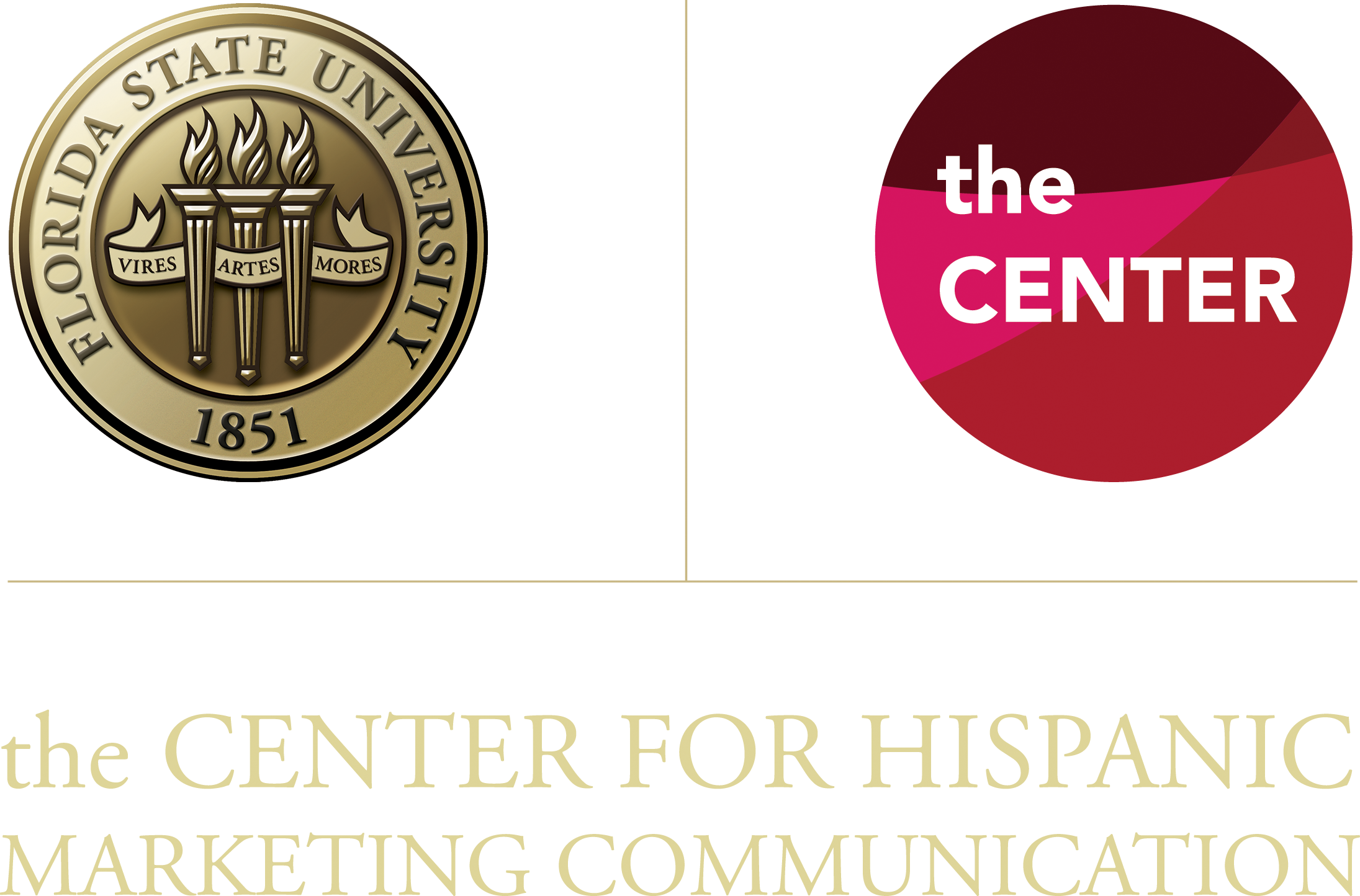The Potentialities of Hispanic Marketing in 2018 and Beyond
November 7, 2018
 By Bryce Kelley – Florida State University
By Bryce Kelley – Florida State University
An extremely efficient way to create effective marketing messages is to segment consumers through targeting the various and distinct cultures. As Kaur & Chawla point out in “Impact of Culture on Marketing”, “Consumers can be attracted [to a product or service] only when product (sic) will fit better according to their customs, traditions, norms, and cultural requirements” (2016). However, the marketing landscape in the United States has long been defined by and strategically approached from the perspective of the homogenized cultural majority, rather than marketing to the many different cultures and subcultures. One such culture that is under-represented in marketing strategies, if not flat out ignored, is the Hispanic cultural consumer segment. Through complacency and non-contemporaneous cultural marketing strategies, marketers are missing out on the unique attributes of the Hispanic culture and all its constituent sub-cultures that make it so highly targetable.
The United States, famously dubbed “the melting pot”, is for all intents and purposes, a misnomer. Rather, it more closely resembles a cultural mosaic, wherein the many different cultures of the country’s citizens fit together, creating a nation whose pieces are distinct, yet congruous toward a larger patchwork. To understand why marketers in the U.S. have underestimated the power of culture, one must first delve into the somewhat complex concept of culture itself. As Korzenny, Chapa & Korzenny 2017, point out in their book, Hispanic Marketing: Connecting with the New Latino Consumer, culture is a, “central set of beliefs, values, cognitions, behavior, and overall ways of thinking that are relatively consistent” (2017). The difficulty of understanding the abstract nature of culture therefore may dissuade marketers from attaching strategic importance on it as a defining segmentation of a market. Furthermore, cultural, especially in the United States, emphasis is placed on the homogenization of culture through socialization and overall value on accepting an “American culture”, making it more difficult for marketers to efficiently identify cultural groups within the country (Korzenny, Chapa & Korzenny 2017). Because of this difficulty in identifying other cultures and the resounding prevalence of the American culture, marketers fall into the fallacy of thinking that everyone is like them. Defined by Mullen et al., false consensus refers to, “an egocentric bias that occurs when people estimate consensus for their own behaviors” (1985). For many years, marketers fell into this bias regarding culture because they assumed all culture to be like their own, and marketed accordingly.
In identifying that culture is indeed an effective way to segment and specialize marketing messages, it becomes apparent that the Hispanic culture at large is one of the most lucrative and unique markets to target. As pointed out by Korzenny, Chapa & Korzenny, culture involves the tangible and intangible elements that bring a people together and as the Hispanic culture retains many of these elements and places immense value on them, they become distinct, with values, preferences, ideas, etc. that allow for marketers to tailored messaging (2017). What’s more, as Renfro points out in her work, “Acculturation’s Effects on Latino Marketing in the United States”, “the Latino population shares many unifying characteristics that may prove useful to marketers. For example, a common language, history, and certain values are shared among the majority of the Latino population and can be effectively used in companies’ marketing efforts to segment and target this important group” (2014). Hispanics’ commonly held similarities, matched with their exploding population growth and buying power (Korzenny, Chapa & Korzenny, 2017), make them so uniquely targetable. In fact, according to Business Researcher, the Hispanic population is the fastest growing demographic in the U.S., expected to make up 28% of the overall population by 2060 (Hoag, C. 2015). The combination of these elements of Hispanic culture and culture as a whole make for a very distinctive opportunity for marketers.
References
Hoag, C. (2015, May 11). Hispanic Marketing. Retrieved September 13, 2018, from http://businessresearcher.sagepub.com/sbr-1645-95695-2671600/20150511/hispanic-marketing
Jaspreet, K., & Chawla, R. (2016). Impact of Culture on Marketing Strategies. Imperial Journal of Interdisciplinary Research, 2(3), 325. Retrieved September 13, 2018, from https://www.onlinejournal.in/IJIRV2I3/057.pdf.
Korzenny, F., Chapa, S. & Korzenny, B. A. (2017). Hispanic marketing: The power of the new Latino consumer (3rd ed.). Abingdon, Oxon: Routledge.
Mullen, B., Atkins, J. L., Champion, D. S., Edwards, C., Hardy, D. Story, J. E., and Venderklok, M., 1985. “The False Consensus E¤ect: A Meta–Analysis of 115 Hypothesis Tests”; Journal of Experimental Social Psychology, 21, 263
Renfro, Jessica Chase, “Acculturation’s Effects on Latino Marketing in the United States” (2014). University of Tennessee Honors Thesis Projects. https://trace.tennessee.edu/utk_chanhonoproj/






























